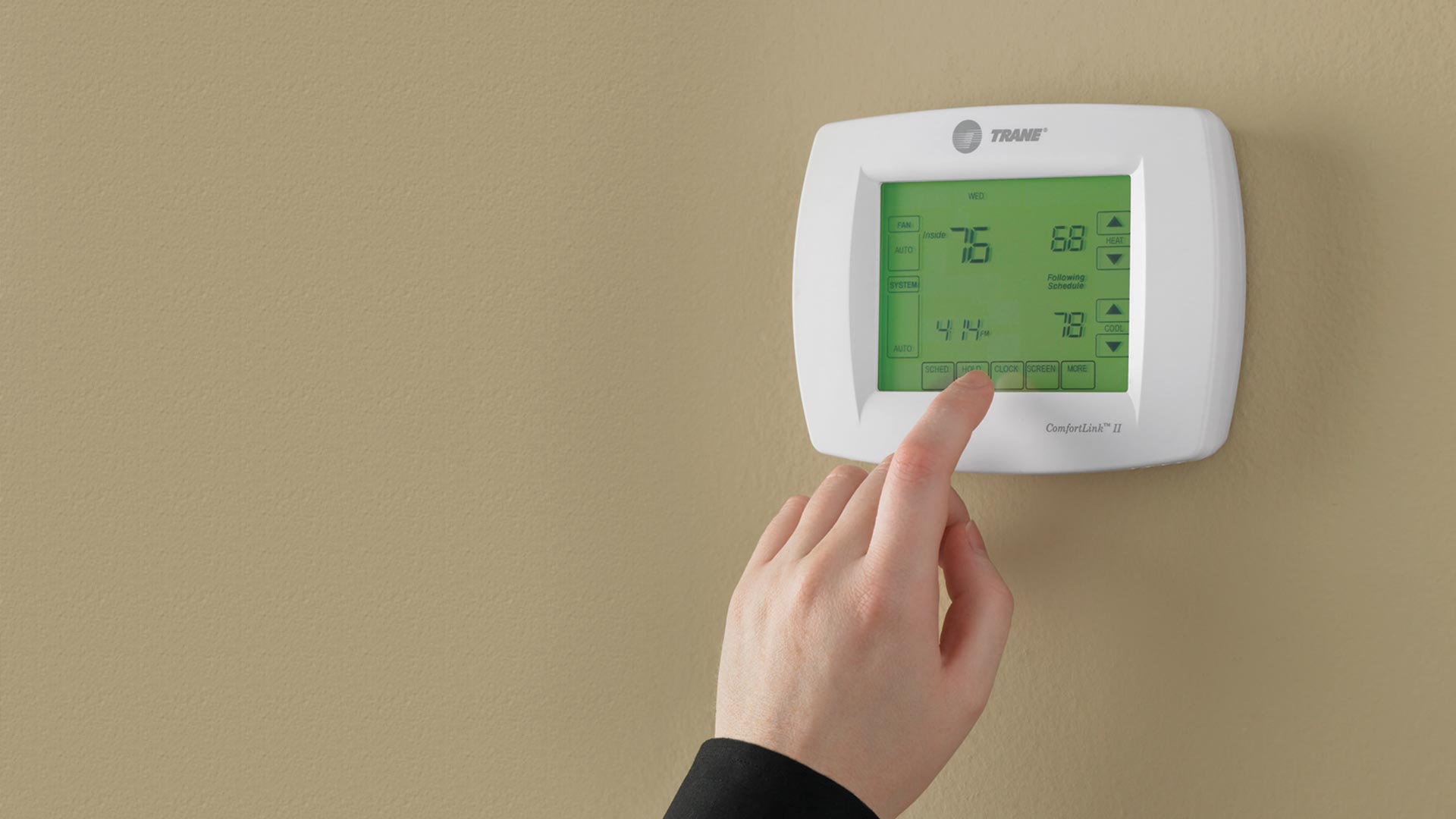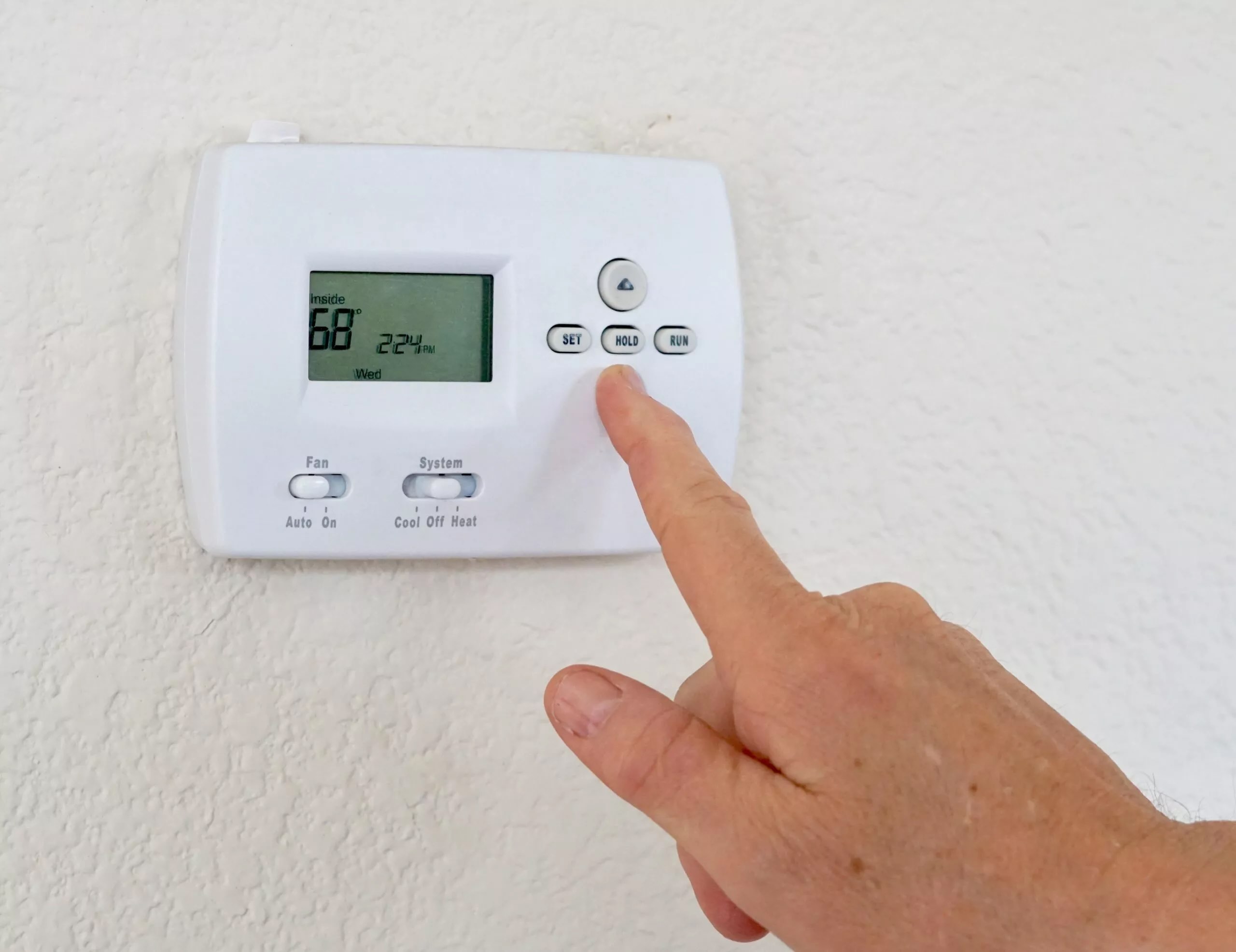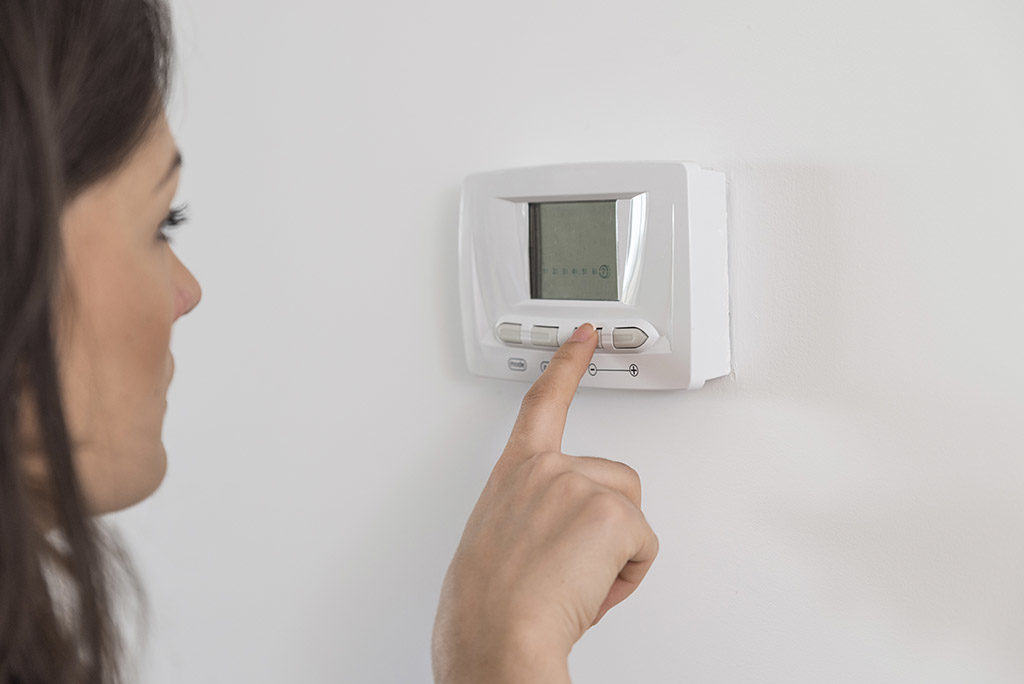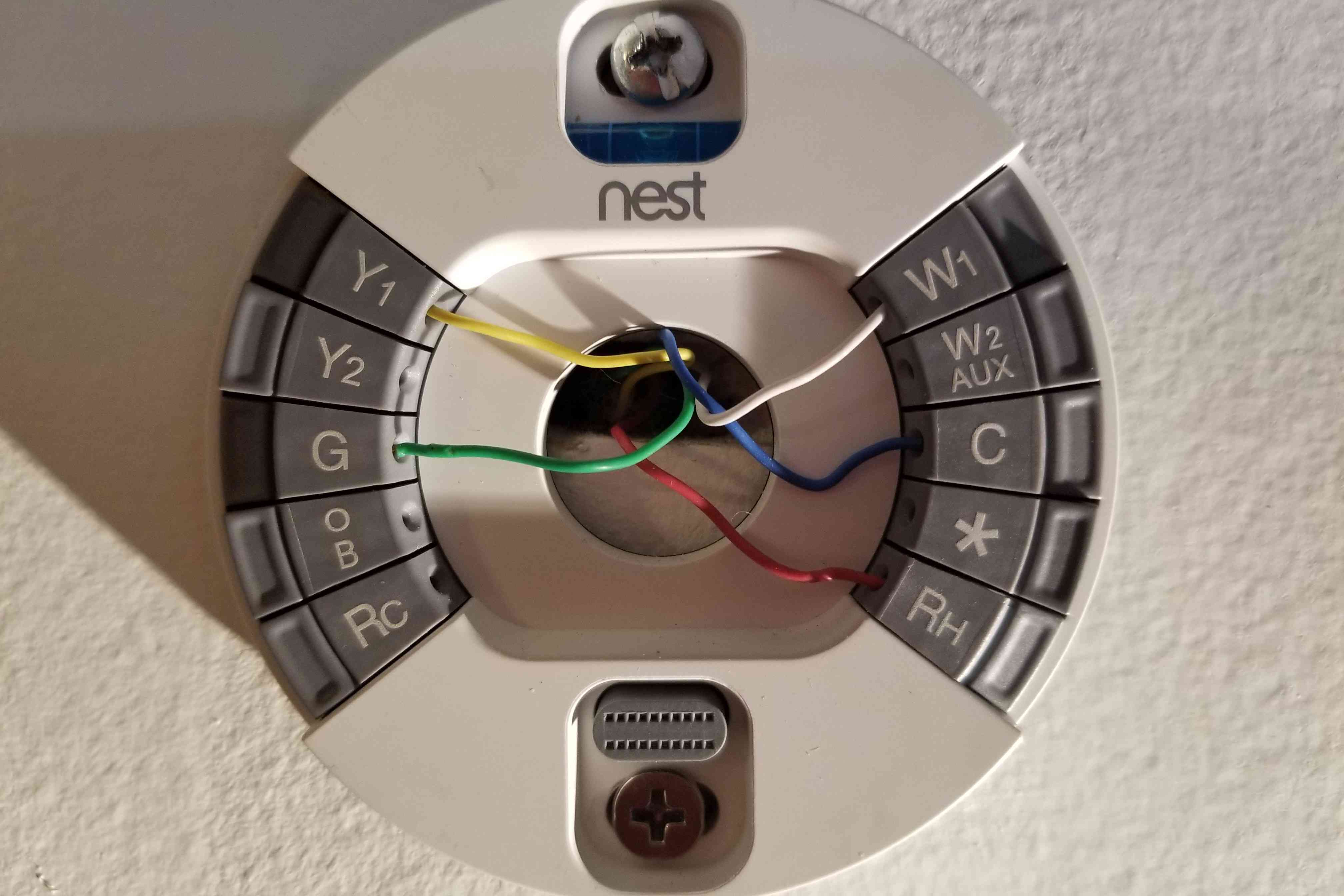How To Set Thermostat On Air Conditioner

Decoding Your Thermostat: A Comprehensive Guide to Air Conditioner Settings
Understanding how to properly set your thermostat is crucial for maximizing comfort, minimizing energy consumption, and extending the lifespan of your air conditioning unit. This guide will walk you through the essentials of thermostat settings, features, and best practices for optimal performance.
Understanding Thermostat Basics
Before diving into specific settings, let's cover the fundamentals. A thermostat is the control center of your HVAC system, communicating your desired temperature to the air conditioner. Modern thermostats come in two main types: non-programmable and programmable (including smart thermostats).
- Non-Programmable Thermostats: These are the simplest type, featuring a dial or buttons to set a single temperature. They are inexpensive and easy to use but lack the energy-saving features of programmable models.
- Programmable Thermostats: These allow you to set different temperatures for different times of day or days of the week. This feature can significantly reduce energy consumption by adjusting the temperature when you're asleep or away from home.
- Smart Thermostats: These are programmable thermostats with added features such as Wi-Fi connectivity, learning capabilities, and remote control via smartphone apps. They can learn your habits and automatically adjust the temperature for optimal comfort and energy savings. Brands like Nest, Ecobee, and Honeywell are popular choices in this category.
Essential Thermostat Settings for Air Conditioning
Regardless of the type of thermostat you have, certain settings are essential for effectively controlling your air conditioner:
- Cool Mode: This setting activates the air conditioning system to cool your home to the desired temperature.
- Fan Mode: You typically have two options: "Auto" and "On." In "Auto" mode, the fan only runs when the air conditioner is actively cooling. In "On" mode, the fan runs continuously, circulating air even when the air conditioner isn't cooling. While "On" mode can improve air circulation and filtration, it also consumes more energy.
- Temperature Setting: This is the most critical setting. The lower the temperature you set, the more energy your air conditioner will consume.
Choosing the Right Temperature: Finding the Balance Between Comfort and Efficiency
The ideal temperature setting for your air conditioner depends on your personal preferences and energy-saving goals. The U.S. Department of Energy recommends setting your thermostat to 78°F (26°C) when you're home and increasing it when you're away to save energy. Every degree you raise the thermostat can save you 1-3% on your cooling costs. However, personal comfort is also a factor.
Here are some tips for finding the right balance:
- Experiment: Start with 78°F and adjust the temperature up or down until you find a comfortable setting.
- Consider Activity Levels: If you're active, you might prefer a lower temperature. If you're relaxing, a slightly higher temperature might be comfortable.
- Use a Programmable Thermostat: Set different temperatures for different times of day to maximize energy savings.
Programmable Thermostat Schedules: Maximizing Energy Savings
Programmable thermostats allow you to create schedules that automatically adjust the temperature based on your daily routine. A typical schedule might look like this:
- Morning (6:00 AM - 8:00 AM): 72°F (22°C) - For comfortable wake-up.
- Day (8:00 AM - 5:00 PM): 78°F (26°C) - When you're away at work or school.
- Evening (5:00 PM - 10:00 PM): 72°F (22°C) - For comfortable evening activities.
- Night (10:00 PM - 6:00 AM): 75°F (24°C) - For comfortable sleeping.
Smart thermostats take this a step further by learning your habits and automatically adjusting the schedule for you. They can also detect when you're away and adjust the temperature accordingly, even if your schedule changes unexpectedly.
Air Conditioner Efficiency Ratings: SEER, EER, and HSPF
When considering a new air conditioner, it's essential to understand its efficiency ratings. These ratings indicate how much cooling you get for each unit of energy consumed.
- SEER (Seasonal Energy Efficiency Ratio): This is the most common rating for air conditioners. It measures the cooling output during a typical cooling season divided by the total electrical energy input during the same period. The higher the SEER rating, the more efficient the air conditioner. Current federal standards require a minimum SEER rating of 14 for most new air conditioners. Models with SEER ratings of 16 or higher are considered high-efficiency.
- EER (Energy Efficiency Ratio): This measures the cooling output at a specific operating condition (typically 95°F outdoor temperature) divided by the electrical power input at the same condition. EER is a snapshot of efficiency under specific conditions, while SEER represents seasonal performance.
- HSPF (Heating Seasonal Performance Factor): This rating is specific to heat pumps and measures the heating efficiency. While not directly related to air conditioning settings, it's important to consider if you have a heat pump system that provides both heating and cooling.
Choosing the Right HVAC System: Brands and Models
Several reputable HVAC brands offer a range of air conditioners with varying SEER ratings, features, and price points. Some popular brands include:
- Carrier: Known for high-efficiency and innovative features. Their Infinity series offers SEER ratings up to 24.
- Trane: Another top brand known for reliability and durability. Their XV series offers SEER ratings up to 22.
- Lennox: Offers a wide range of options, including models with SEER ratings up to 26.
- Goodman: A more budget-friendly option with decent efficiency and reliability.
When choosing an HVAC system, consider the following factors:
- SEER Rating: Choose a SEER rating that balances efficiency and cost.
- Size: Ensure the air conditioner is properly sized for your home to avoid short cycling and inefficient operation. A professional HVAC contractor can perform a load calculation to determine the appropriate size.
- Features: Consider features such as variable-speed compressors, smart thermostat compatibility, and advanced filtration systems.
Warranties and Maintenance
A comprehensive warranty provides peace of mind and protects you from unexpected repair costs. Most air conditioner manufacturers offer a base warranty on parts, typically ranging from 5 to 10 years. Some manufacturers also offer extended warranties or labor warranties.
Regular maintenance is crucial for ensuring the longevity and efficiency of your air conditioner. Here are some essential maintenance tasks:
- Change Air Filters: Dirty air filters restrict airflow, reducing efficiency and potentially damaging the air conditioner. Change your air filter every 1-3 months, depending on usage and air quality.
- Clean Coils: Dirty condenser coils reduce the air conditioner's ability to release heat. Clean the coils at least once a year, or more frequently if you live in a dusty environment.
- Inspect Ductwork: Leaky ductwork can significantly reduce efficiency. Seal any leaks with duct tape or mastic sealant.
- Schedule Professional Maintenance: Have your air conditioner professionally inspected and tuned up annually by a qualified HVAC technician.
Troubleshooting Common Thermostat and Air Conditioner Issues
Sometimes, you might encounter issues with your thermostat or air conditioner. Here are some common problems and potential solutions:
- Air conditioner not turning on: Check the thermostat settings, circuit breaker, and air filter.
- Air conditioner running constantly: Check the thermostat settings, air filter, and ductwork for leaks.
- Uneven cooling: Check the ductwork for leaks and ensure vents are open in all rooms.
- High energy bills: Ensure the thermostat is programmed correctly and that the air conditioner is properly maintained.
If you're unable to resolve the issue yourself, contact a qualified HVAC technician for assistance.
Conclusion: Mastering Your Thermostat for Optimal Comfort and Savings
By understanding the essential thermostat settings, efficiency ratings, and maintenance requirements, you can effectively control your air conditioner, maximize comfort, and minimize energy consumption. Whether you choose a simple non-programmable thermostat or a sophisticated smart thermostat, taking the time to learn how to use it properly will pay off in lower energy bills and a more comfortable home.
Key Takeaway: Prioritize regular maintenance and choose a thermostat that suits your lifestyle and energy-saving goals. A well-maintained and properly set air conditioner can provide years of reliable and efficient cooling.










